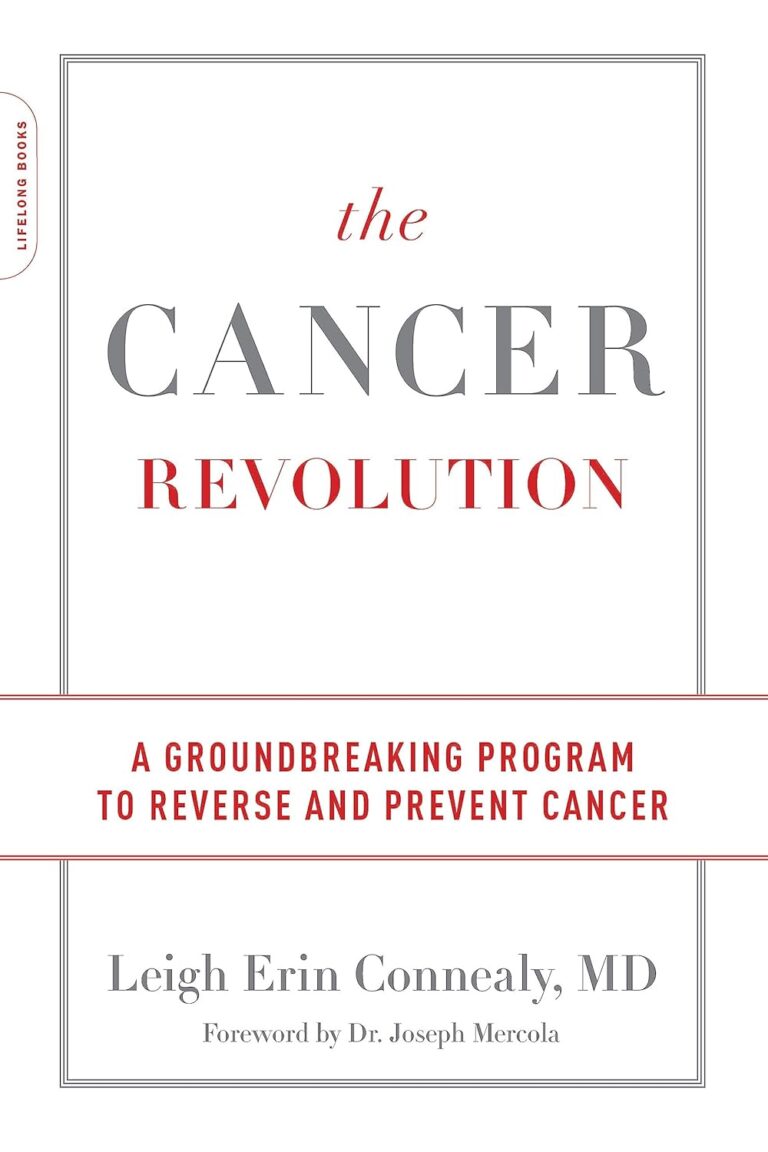.jpg) Polymerase Chain Reaction (PCR) is a revolutionary scientific technique primarily used to amplify specific segments of DNA. It is the backbone of several advancements in modern molecular biology and genetics research. The process involves series of heating and cooling cycles and DNA polymerase to duplicate the DNA millions of times, turning minute amounts of DNA into billions of copies.
Polymerase Chain Reaction (PCR) is a revolutionary scientific technique primarily used to amplify specific segments of DNA. It is the backbone of several advancements in modern molecular biology and genetics research. The process involves series of heating and cooling cycles and DNA polymerase to duplicate the DNA millions of times, turning minute amounts of DNA into billions of copies.
Despite its high efficacy in amplification, PCR is a qualitative technique and doesn’t provide information about the original DNA amount. This limitation triggered the transition to a more sophisticated version: Quantitative PCR.
Transition to Quantitative PCR (qPCR)
Quantitative PCR, also known as qPCR, solves the limitations of classic PCR by measuring the exact amount of starting DNA, thus providing quantitative data. It is an extension of PCR involving real-time monitoring of the amplification process, which distinguishes it as a powerful tool in numerous scientific fields.
Understanding the Concept of Quantitative PCR (qPCR)
Definition of Quantitative PCR (qPCR)
Quantitative PCR (qPCR) is a laboratory technique used to amplify and simultaneously quantify targeted DNA molecules, enabling accurate measurement of the amount of DNA at the start of the process. The ‘quantitative’ aspect is attained by viewing the reaction in ‘real-time.’
This technology is a significant leap from conventional PCR, combining molecular biology principles with advanced computational tools and fluorescent probes for enhanced accuracy and sensitivity.
The Scientific Principle Behind Quantitative PCR (qPCR)
Like PCR, qPCR uses heat and DNA polymerase to denature and replicate DNA strands However, it differentiates itself with real-time monitoring of amplification. The reaction mixture of qPCR contains fluorescent dyes that intercalate with amplified DNA giving fluorescence proportional to the amount of synthesized DNA. As the reaction proceeds, more DNA gets synthesized, and fluorescence increases. The fluorescence intensity is measured at each cycle, plotted against cycle number, facilitating the quantification of the original DNA amount.
Deconstruction of Quantitative PCR (qPCR) Process
Detailed Steps of the Process
The process starts with the denaturation step: the double-stranded DNA is subjected to heat, causing it to split into individual strands. The annieling stage follows where primers attach themselves to the targeted DNA segment. Proceeded by the extension stage, DNA polymerase binds to the attached primers and adds complementary nucleotides to create a new DNA strand. This cycle repeats 20 to 40 times, amplifying the DNA billions of times. Throughout the process, fluorescence emitted by intercalating dyes or probes is monitored, providing the real-time aspect of qPCR.
Types of equipment Required
In a typical qPCR setup, the essential equipment includes a thermal cycler with fluorescence detection capability, a computer system for data analysis, along reagents like primers, probes or dyes, DNA polymerase, and the sample DNA. The cycler performs heat cycling and simultaneously records fluorescence data enabling real-time monitoring.
Importance of each Step
Each step in qPCR is crucial because it dictates the success of the entire process. The denaturation phase is critical to expose the DNA’s binding sites. The annealing phase is the most sensitive to variation and can hugely impact amplification specificity. The extension phase is responsible for building new DNA strands, influencing the final product quantity. The continuous fluorescence monitoring allows live tracking and quantification of amplification.
Applications of Quantitative PCR (qPCR)
Quantitative PCR in Medical Research
qPCR has emerged as a critical tool in medical research by providing precise quantification necessary for detecting infectious diseases, diagnosing genetic disorders, and monitoring gene expression. By specifically targeting pathogen DNA, it ensures early diagnosis and rapid response.
In oncology, qPCR is helping to understand tumor genetics and measure minimal residual disease after therapy. Gene therapy and stem cell research also use qPCR for monitoring genetic modifications.
Use of Quantitative PCR in Forensic Science
In forensic science, qPCR is hugely impactful due to its capacity to optimize minimal or degraded DNA samples found at crime scenes. It accurately quantifies even scanty biological materials, facilitating successful downstream analysis like DNA profiling, and contributing immensely to forensics and the legal system.
Impact of Quantitative PCR in Environmental and Biological Studies
qPCR’s sensitivity and accuracy assist environmental studies as well, particularly in water quality assessment by identifying and quantifying harmful microbial contaminants. It is also proving crucial in biodiversity studies by offering a method to detect and quantify elusive flora and fauna through environmental DNA.
Benefits and Limitations of Quantitative PCR (qPCR)
Advantages of Using Quantitative PCR (qPCR)
qPCR offers several advantages over traditional PCR. Its real-time data analysis enables direct quantification, eliminating the need for post-PCR processes, resulting in speedy and less error-prone results. Its high sensitivity and specificity make it an invaluable tool for diagnosing diseases, personalized medicine, and many more.
Challenges and Limitations in Performing Quantitative PCR (qPCR)
Despite its advantages, qPCR faces certain challenges. Assay design and optimization can be difficult. The process is susceptible to errors due to the presence of impurities and the cost of employing qPCR is relatively high. Additionally, technical issues like non-specific amplification, primer-dimer formation, and variable efficiency of amplification can influence the accuracy of the results.
Future Perspectives: The Evolving Role of Quantitative PCR (qPCR)
Technological Advancements in Quantitative PCR (qPCR)
With ever-evolving technology, qPCR is expected to witness numerous advancements such as enhanced software for better data interpretation, streamlined workflow, cost-effective assay designs, and even portable devices for field research and point-of-care diagnostics. Enhanced multiplexing capabilities will allow simultaneous detection of several targets in a single sample, reducing cost and time.
Potential Future Developments and Applications
qPCR, due to its accuracy and versatility, has enormous potential for novel applications. Detecting pathogenic biomarkers in real-time in pandemic scenarios, developing innovative molecular diagnostic assays, and personalized medicine, and precisely tracking disease outbreaks are some of the many promises qPCR holds for the future.
Conclusion
Recap of Quantitative PCR (qPCR) and its Role
Quantitative PCR has taken the pulse of molecular biology, transforming the fields of medical research, forensics, environmental studies, and more with its real-time, accurate DNA amplification and quantification. Despite its challenges, the advantages it bestows are unparalleled, and upcoming advancements hold tremendous promise, solidifying qPCR’s position as an indispensable tool in scientific research.
Frequently Asked Questions
- What is the main function of Quantitative PCR (qPCR)?
The main function of qPCR is to amplify and simultaneously quantify a specific DNA molecule in real time.
- How does Quantitative PCR (qPCR) differ from traditional PCR?
Unlike traditional PCR, qPCR allows real-time monitoring of DNA amplification, providing numerical data about the original DNA amount.
- Why is Quantitative PCR (qPCR) particularly useful in medical research?
qPCR gives precise measurements necessary for detecting and diagnosing diseases, tracking gene expressions, and studying genetic modifications, making it hugely beneficial in medical research.
- What are some challenges faced while performing Quantitative PCR (qPCR)?
While performing qPCR, challenges can arise from assay design and optimization, technical issues like non-specific amplification or primer-dimer formation, and variability in amplification efficiency.
- What future developments are expected in the field of Quantitative PCR (qPCR)?
Some expected future developments include enhanced software for better data interpretation, cost-effective assay designs, portable devices, and potential novel applications in disease outbreak tracking, personalized medicine, and more.

















Comments
Thank you. Comment sent for approval.
Something is wrong, try again later